Most often, we don't stop to thoroughly inspect the contents listed on our food labels.
And usually, that's completely all right. Most of the products that we buy at the supermarket have gone through the correct methods of pasteurization and sanitization.
But recently, we here at LittleThings have taken an exclusive, deeper look into foods that may appear to be safe, but have secret, lesser known properties that are extremely dangerous.
Take potatoes, for example. They're one of the most consumed starchy foods in the world. I never pay too much attention to just how carefully I prepare my spuds — in fact, I was ecstatic when I found a way to peel my potatoes at an even faster pace.
Little did I know, paying more attention to the skin of the potato would have given me very crucial warnings…
Below, we explore some of the most highly poisonous foods that are out there. As we speak, some of these might be sitting in your fruit bowl, on your counter, or in your fridge.
Let us know in the comments what you thought of these perilous food properties, and if you'll be paying more attention to what you eat, and how you eat, from now on!
Raw Cashews
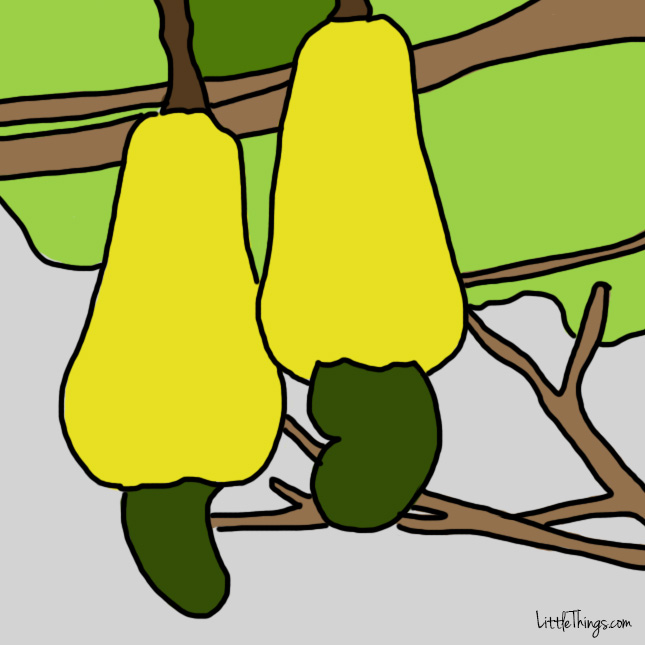
The cashew nut is grown from the tropical cashew tree, and is originally native to northeastern Brazil. Most commonly, it served as a snack, but is also incorporated into dishes.
The pulp of the cashew's fruit has many known purposes, from being distilled into liquor to being formed into an astringent fruit drink. Other parts of the plant have also been used to heal snake-bite wounds.
Eating cashews can lead to complicated allergic reactions in some people. Those who have a tendency to form kidney stones have been known to stay away from the nuts.
Few people know that cashew shells contain a chemical called "urushiol," which is also found in poison ivy. High levels of intake can be fatal.
Rhubarb Leaves
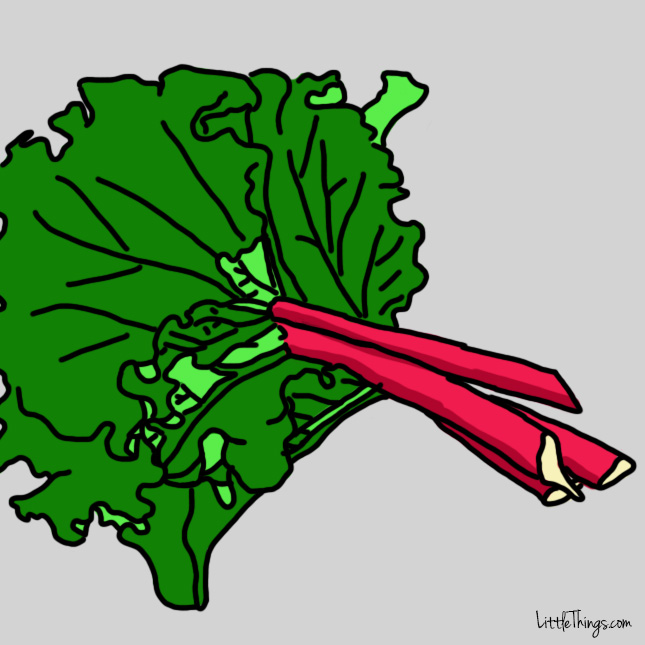
Classified as a fruit in the U.S., rhubarbs have triangular leaves and long, fleshy, thin stalks. Most commonly, the tart stalks are cooked with sugar and put in pies and other desserts.
Interestingly, rhubarb has been known to work as a laxative aid, and powdered rhubarb root has been used for its medicinal purposes.
However, rhubarb contains oxalic acid, which contains toxins that can form dangerous crystals in the kidney. Poisoning can lead to troubled breathing, nausea, diarrhea, eye pain, burning in the mouth and throat, and bloody urine.
Very unfortunately, rhubarb leaves were mistakenly recommended as a food source during World War I, and many people were poisoned as a result.
Star Fruit
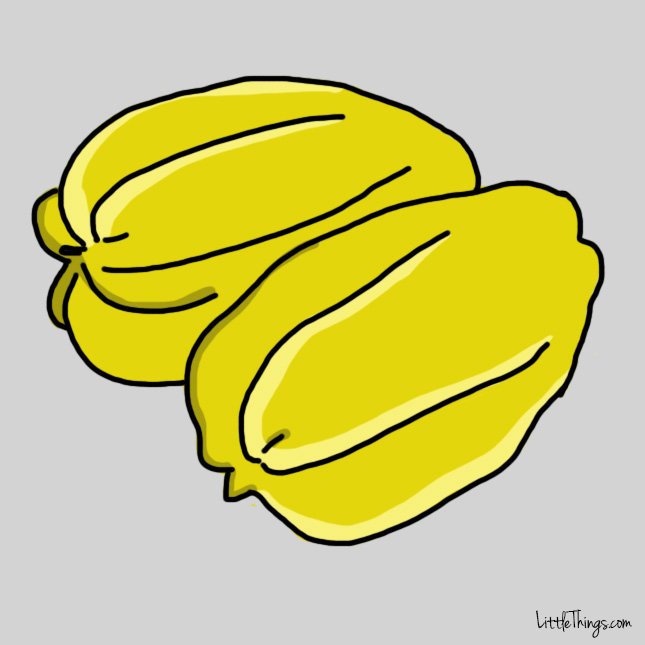
The star fruit is a species native to southeastern Asian countries. While usually eaten whole, the fruit can be used in cooking, and has been used to make preserves and relishes.
And while it is rich in vitamin C and antioxidants, its juice contains levels of neurotoxins that are harmful to people suffering from kidney failure, kidney stones, or those who are undergoing kidney dialysis treatment.
Three to four ounces of the juice can greatly affect the brain and nerves, and have in some cases proved to be fatal.
If you have a weak kidney, ingesting this fruit may lead to hiccups, vomiting, nausea, and even mental confusion.
Raw Cassava
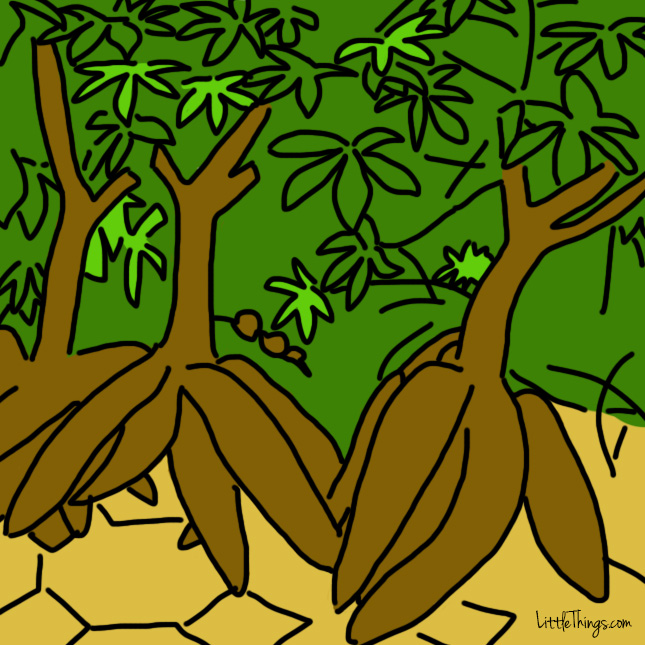
Also known as the yuca in Spanish, cassava is the third largest source of food carbohydrates in tropical regions, after rice and maize.
It constitutes a big part of the diet for over half a billion people in the world, and yet, improper preparation of the root vegetable has led to tragic deaths.
Cassava contains a high concentration of linamarin, which turns into cyanide when eaten raw. To be safe, eat it boiled, fried, steamed, baked, grilled or mashed.
Continue on the NEXT page to see more unexpectedly dangerous foods!
Elderberries
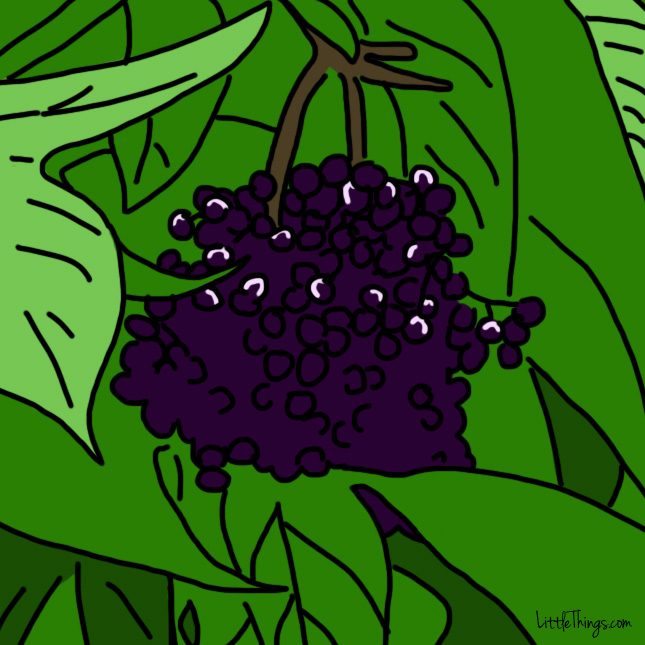
Species of this plant are widely cultivated for their beautiful flowers and fruit for centuries. Long ago (and today, still), elderberries were used in folk medicine.
Some studies have shown that the elderberry may help in treating the flu, allergies, and respiratory damage. In Chinese culture, they are used to ease rheumatism, and to treat other body injuries.
However, the plant's leaves, twigs, and seeds contain concentrations of cyanide. Eating any part of the plant unripe or undercooked can lead to diarrhea, seizures, and severe stomach problems.
Bullfrogs

The aquatic frog provides a food source in many countries around the world, as well in some southern and midwestern states in the U.S.
It is especially popular in the city of Rayne, LA — the "frog capital of the world." There, cajun-fried bullfrog legs are quite a delicacy.
It might be rare that any of us consumes bullfrogs on a regular basis, but it's definitely good to know that the frog's body contains various toxic substances that may lead to kidney failure.
Blood Clams
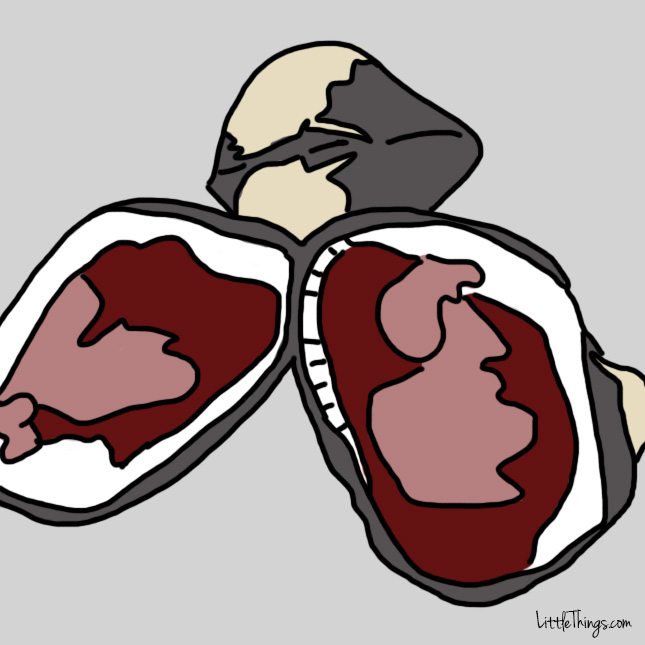
Also known as the blood cockle, blood clams contain a red hemoglobin liquid inside the shell. They're often found in Indo-Pacific waters, but have made their way to North America.
They are shucked in fish markets across the northeast, and plated up in chef's kitchens. Many don't know, however, that they may contain various viruses and bacteria, including hepatitis A and E, typhoid, and dysentery.
Around 15 percent of people who ingest blood clams get infected with this diseases. One of the most horrific outbreaks occurred in 1988, when over 300,000 people were infected in Shanghai, China from eating blood clams.
Nutmeg
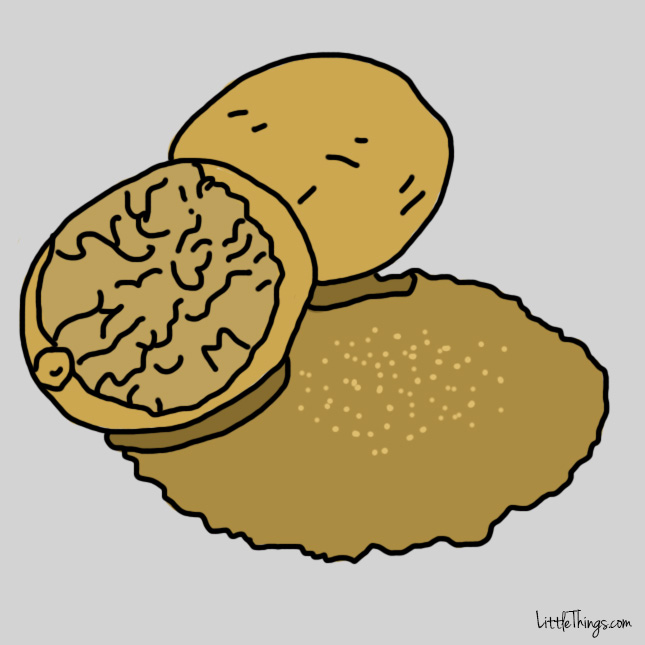
We're most familiar with nutmeg as the festive little spice added into beloved Christmas recipes. In addition, the spice is added to aromatherapy essential oils.
Used in many types of cuisines, from Indian and Middle Eastern to Japanese and Italian, the powdered spice usually is used in small, delicate quantities.
But nutmeg is naturally a hallucinogenic, and has amphetamine-like compounds.
Eating just 0.2 oz of it can potentially lead to convulsions, and 0.3 oz can lead to seizures. The toxic dose of nutmeg is two to three teaspoons.
Raw Honey

In addition to sweetening up foods and drinks, this wonderful substance is mass-produced all over the world.
Raw honey, however, is a bit different from what we are more familiar with. Though some helpful enzymes and vitamins are removed when processed honey is pasteurized, not all raw honey goes through an effective process that eliminated harmful toxins.
As a result, raw honey can contain botulism toxins, which, when ingested, can lead to issues like stomach cramps, diarrhea, vomiting, and fever.
Continue on the NEXT page to see more unexpectedly dangerous foods!
Potatoes

The potato is one of the most widely incorporated starches in our diets. Most of the time, we have no problems after eating the starchy crop, but potato plant poisoning has been known to occur.
Solanine, a very toxic substance, is found in "green potatoes," or potatoes that have grown little green sprouts.
If it has turned green below the skin, that means they are spoiled, and can lead to severe symptoms like diarrhea and fever, and even paralysis and loss of sensation.
Cherries

Consumed since prehistoric times, cherries originally were popularly eaten in parts of Europe and Asia.
On the surface, there's nothing dangerous about this beautiful, dark red fruit. But the danger, believe it or not, lies within the pit of the cherry.
When the cherry seed is crushed, chewed, or even slightly injured, they emit a prussic acid, or hydrogen cyanide.
If you swallow a whole pit, that's okay, since pits are rarely poisonous when eaten whole. But it takes a little more than 0.0035 oz of the toxin inside the pit to greatly affect a 150-pound human. That's why accidentally chowing down on two freshly crushed pits can be fatal.
Red Kidney Beans
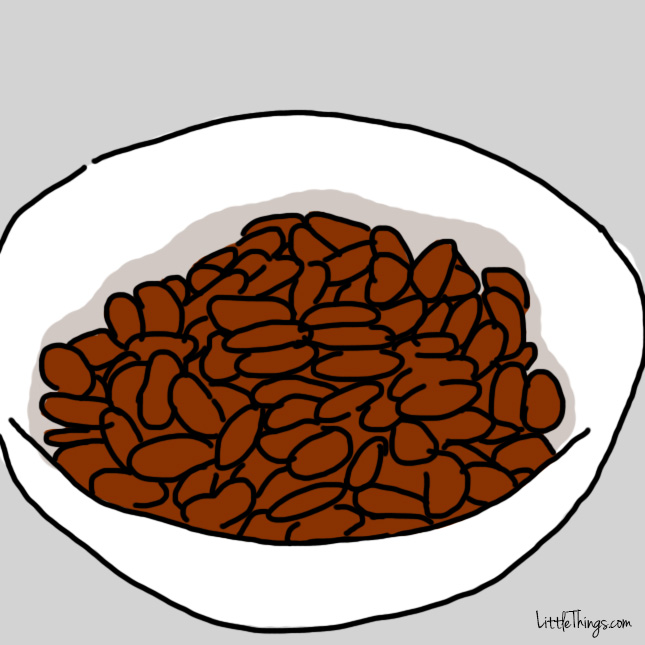
These beans are perhaps used most commonly in chili dishes, and are also popularly used in Louisiana Creole cuisine.
And while they are completely safe to eat most of the time, these beans do contain the toxin phytohaemagglutinin, just like many other bean varieties.
Make sure to boil the beans for at least 10 minutes before eating. When cooked at temperatures that are below boiling, the toxic dose is increased.
Symptoms of poisoning include sever nausea and vomiting. To test the effects of the toxin, researches included raw kidney beans in the diets of lab rats, who died within two weeks.
Tuna

Tuna is one of the top 10 most widely consumed seafoods in the world. Like other fish, it is a great source for omega-3 fatty acids and protein.
In recent years, studies have shown that tuna fish carries a relatively high levels of mercury, and some brands of canned tuna carry more than 10 times the amount of mercury than others.
Pregnant women, in particular, have been warned against consuming high amounts of fish.
When absorbed at dangerously high amounts (more than four or five cans a week), the mercury will pass through your kidneys, or travel to the brain and damage the nervous system.
Which one of these potentially dangerous food items shocked you the most?
Please SHARE if this changes the way you look at the food you eat!




